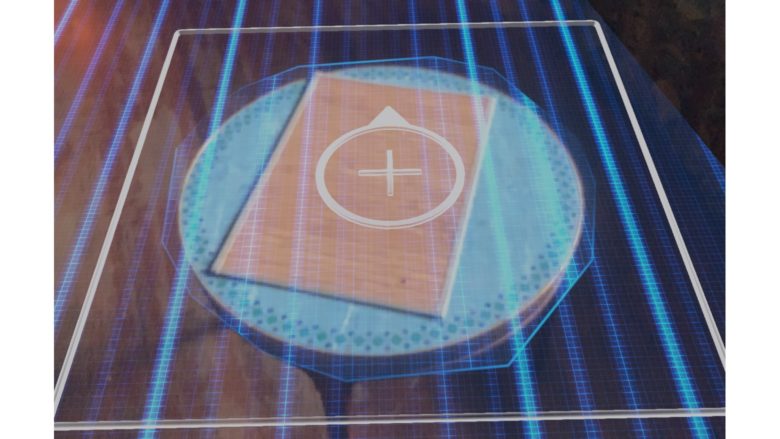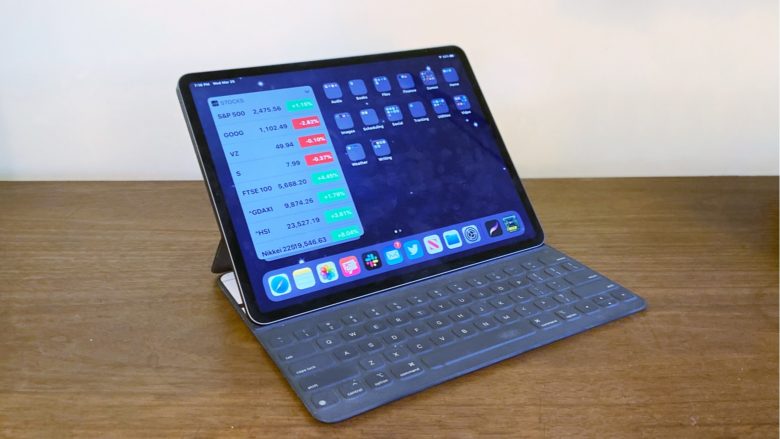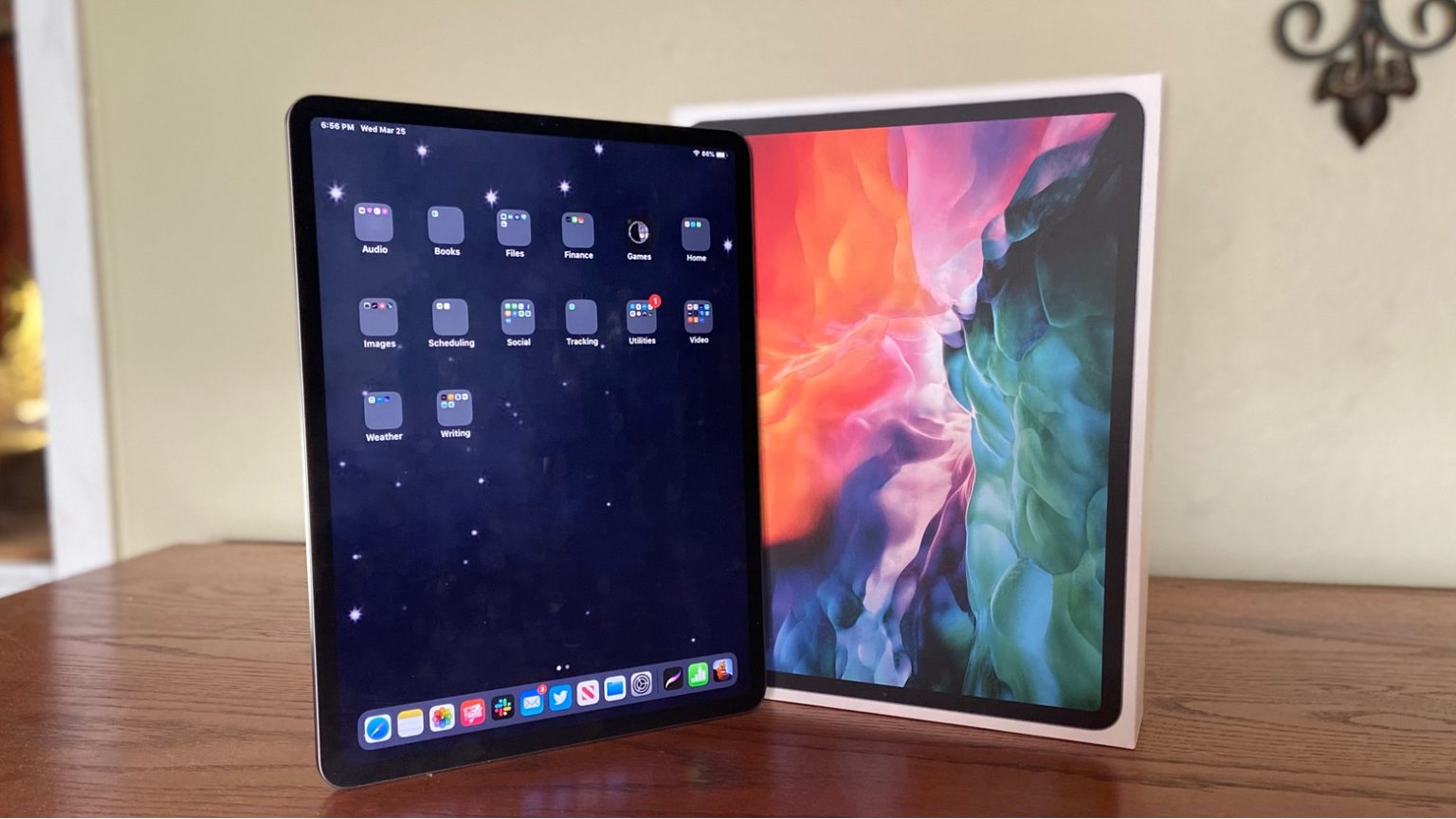The 2020 iPad Pro takes Apple’s very capable tablet from 2018, improves the specs and performance, and even adds some great features.
I did hands-on testing of the new capabilities and found there’s a lot to love in the latest iPad.
This post contains affiliate links. Cult of Mac may earn a commission when you use our links to buy items.
1. More RAM and storage for the same price
With 6GB of RAM standard, the 2020 iPad Pro has 50% more than most versions of its 2018 predecessor. iOS/iPadOS historically has needed little RAM, running very well on an amount that would cripple a Mac. But as iPad applications become increasingly sophisticated, they need more system resources.
In a test with Apple’s latest tablet, I had no difficulties rapidly switching between a dozen applications without any of them needing to reload. This was a range of apps, from Procreate and Pixelmator to Mail and Twitter. I even threw in Secret Oops! because I’m testing it, too.
More storage
A sometimes-overlooked bonus of the 2020 iPad Pro is that Apple doubled the amount of storage in the base model without raising the price. The most affordable of both the 12.9- and 11-inch versions now comes with 128GB of storage for the same price as Apple charged for the 2018 model with 64GB. Additional capacity means room for more files, whether for work or fun. And the Files app gives you access to all that onboard capacity.
Not that there’s been an increase across the board. Beyond the 128GB configuration, the 2020 iPad Pro is available with 256GB, 512GB or 1TB, just as its predecessor was.
2. LiDAR for better augmented reality
Easily the most innovative feature in the latest iPad is a LiDAR Scanner. This runs invisible lasers over the entire area in front of you, creating a 3D map. Augmented-reality applications use this map to very accurately place virtual objects in the real world.
This feature is going to be amazing. Right now, in early spring 2020, it’s mostly just potential. As with so many hardware innovations, new software will be required. But I’m convinced third-party applications that will take full advantage of the LiDAR Scanner are coming, especially as some of the 2020 iPhone models are also expected to have this 3D sensor. And iOS 14 is rumored to have a built-in AR viewing app.
Plus, Apple just laid the groundwork for better AR. The just-released ARKit 3.5 is better at allowing virtual objects to pass in front of and behind people in the scene. And it can even handle motion capture without a green screen.
I tested some augmented reality apps with the iPad Pro’s LiDAR to get a sense of what’s coming. Secret Oops! is a good example. This projects an AR game board for players to move a virtual character through. The new iPad Pro did a better job of creating a 3D map of the table I placed the board on.

Photo: Ed Hardy/Cult of Mac
Another potential use is Apple’s Measure app, which lets you check the dimensions of objects just by scanning them. I’d like to say that LiDAR makes the Measure app far more accurate, but it doesn’t. At least not now. Using the 2020 iPad Pro, an iPhone 11 and a 2018 iPad Pro all delivered exactly the same measurements almost every time. And when they differed, it was not because the new tablet is more accurate.
3. Better pictures with the Ultra-Wide camera
People with vision difficulties often use tablets to take pictures so they can use the large display as a viewfinder. And many businesspeople use an iPad to save images of job sites, projects, etc., because they’re already taking notes on the same computer. Both these groups will benefit from the new Ultra-Wide camera in the 2020 iPad Pro.
It offers a 125-degree viewing angle. This lets you take a picture of a large cluster of people without having to back way up, as is often necessary with a standard-lens camera. Or you can more easily capture a wide swath of a building under construction.

Photo: Ed Hardy/Cult of Mac
There’s a big caveat here, however. The rear-facing camera still doesn’t support bokeh images — what Apple calls Portrait pictures, in which the foreground is in focus but the background is blurry. This is disappointing, as the 6.1-inch iPhone 11, with the same set of camera lenses, can do this trick.
4. World-class performance
The latest iPad includes a 64-bit Apple A12Z Bionic processor with eight cores running at 2.49GHz. This is a slightly modified version of the A12X in the 2018 iPad Pro.
I ran the Geekbench 5 benchmarking app on the new tablet. On the multicore test, the A12Z scored 4615. For comparison, the A12X scored 4571 on the same Geekbench 5 test. So the 2020 iPad Pro is only slightly faster than its predecessor.
However, that’s not the whole story. Consider that the 13-inch MacBook Pro from 2019, despite its Core i7 processor, only pulled in a 4124 score on the same benchmarking test. And the 10.5-inch iPad Air released last year got a mere 2847. So the new iPad Pro is no slouch. And real-world use of the device bears this out. There’s no iPadOS app I can find that doesn’t open nearly instantly, then perform lightning-fast.
Graphics performance
The new A12Z packs an eight-core GPU, while the older A12X gets by with a seven-core one. I ran Geekbench 5’s Compute benchmark to see the difference in graphics performance. The newest model pulled in a 9119 rating. The 2018 iPad Pro scored an 8847 on the same test. So you can expect Apple’s latest tablet to do slightly better in video and image editing, games and other graphics-heavy applications.
5. Best tablet design on the market

Photo: Ed Hardy/Cult of Mac
The basic design of the 2020 iPad Pro is nearly identical to Apple’s top-tier model from 2018. That’s exactly what we want, because this is the best tablet ever made. They use the same nearly edge-to-edge Super Retina LCD displays that measure either 12.9 inches or 11 inches diagonally. These screens feature True Tone technology and P3 wide color support. Plus, they offer a 120 Hz refresh rate, a feature Apple calls ProMotion.
This professional-grade tablet features a USB-C port, not Apple’s hobbled Lightning port. You can plug in a wide variety of peripherals, like an external monitor. Or use a USB-C multiport adapter to connect to a whole range of other accessories.
For sheer portability, all the capacities of this device go into a very lightweight, slim chassis — just 0.23 inches thick.
Plus, Apple is developing an amazing Magic Keyboard with a trackpad for the iPad Pro. Other companies are making their own versions, so there are multiple options to turn this computer into a 2-in-1 laptop/tablet. And this week’s iPadOS 13.4 update really boosted the mouse/trackpad capabilities.
The 2020 iPad Pro is available now. The 11-inch version starts at $799, while the 12.9-inch one starts at $999. Sometimes the things you love don’t come cheaply, and there’s a lot to love here.


